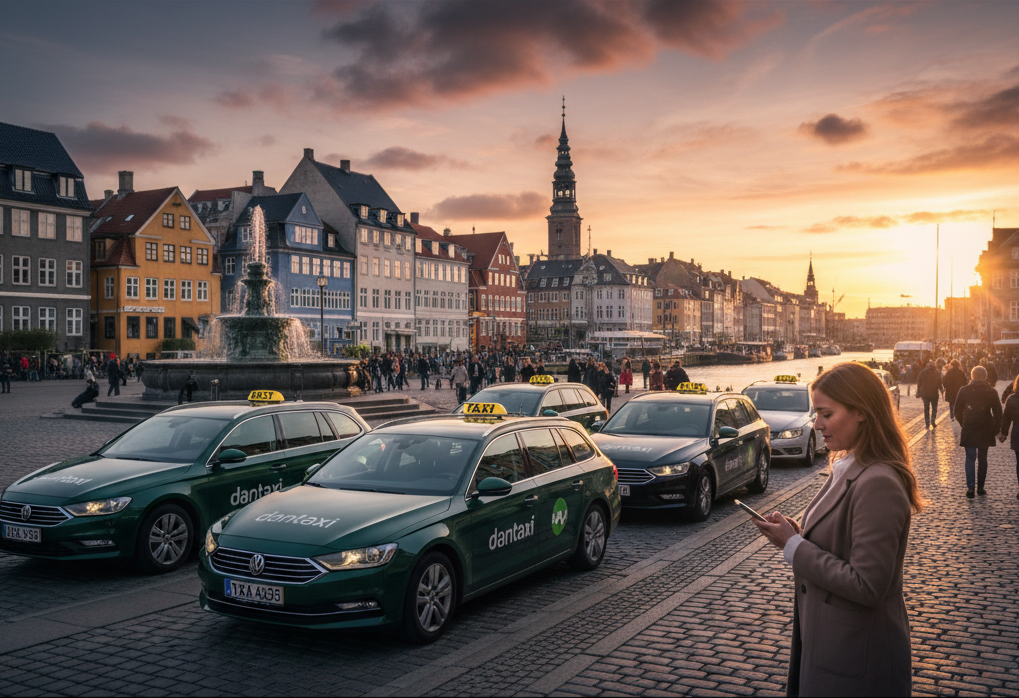Your Essential Guide for Living in Denmark
Discover the various ways to explore Denmark efficiently
Trains efficiently connect Copenhagen, Aarhus, Odense, Aalborg, and towns across Denmark, offering fast, reliable travel.
Copenhagen's fully automated metro system is one of the most advanced in the world.
Buses reach almost every corner of Denmark, from large cities to rural areas.
Denmark is well-connected internationally and domestically through modern airports.
With hundreds of islands, ferries play an important role in Denmark's transport network.
Cycling is an essential part of Danish culture and daily life, especially in Copenhagen, one of the world's most bike-friendly cities.
Copenhagen has more bicycles than residents.
About 9 in 10 Danes own a bike, while only 4 in 10 own a car.
Copenhageners cycle 1.4 million km daily—enough to reach the moon and back twice!
Regular cycling helps locals take 1.1 million fewer sick days annually.
Over 40,000 cyclists cross Queen Louise's Bridge every day—the busiest bike stretch in Denmark.
Cycling in Copenhagen allows you to explore the city efficiently, sustainably, and like a true local—whether commuting, sightseeing, or enjoying scenic rides along canals and parks.
Daily and weekly rates in DKK
| Bike Type | Daily Rate | Weekly Rate |
|---|---|---|
| Standard City Bike | 150–200 DKK | 500–700 DKK |
| Electric Bike (E-Bike) | 349–449 DKK | 1249–1680 DKK |
| Christiania Bike | 450–550 DKK | 2500–3000 DKK |
Taxis in Denmark offer a comfortable, safe, and hassle-free way to travel—whether you’re heading to the airport, exploring Copenhagen or visiting smaller towns. All taxis are licensed, metered, and held to high service and safety standards. Taxis can be booked easily through mobile apps, by phone or from taxi stands.
Fares include a starting fee plus distance and time rates, which may vary by city and time of day. Taxis operate 24/7 in major cities, while advance booking is recommended in smaller areas.
